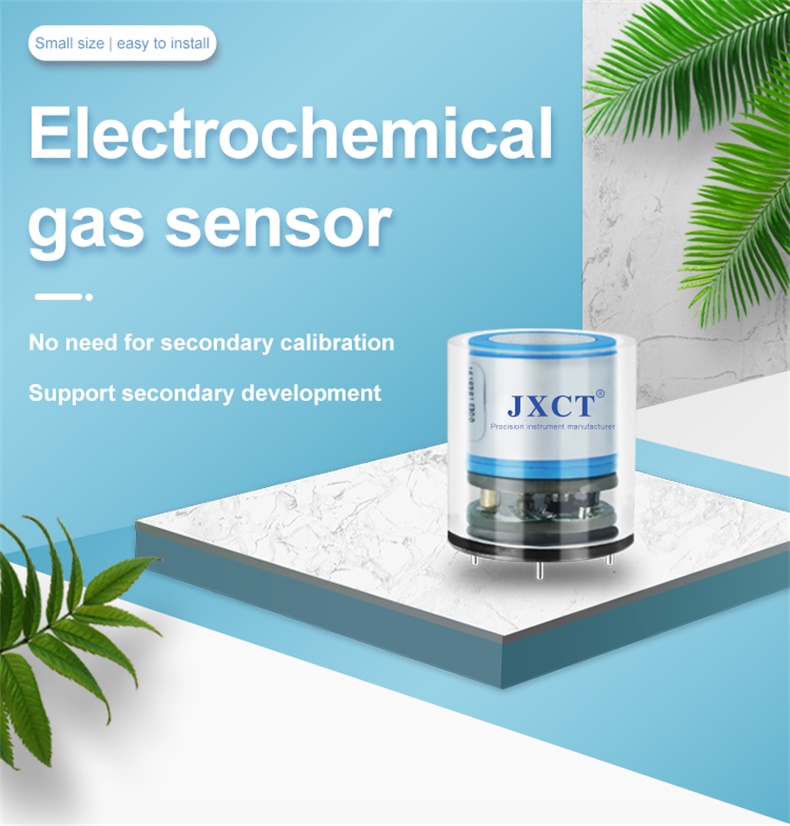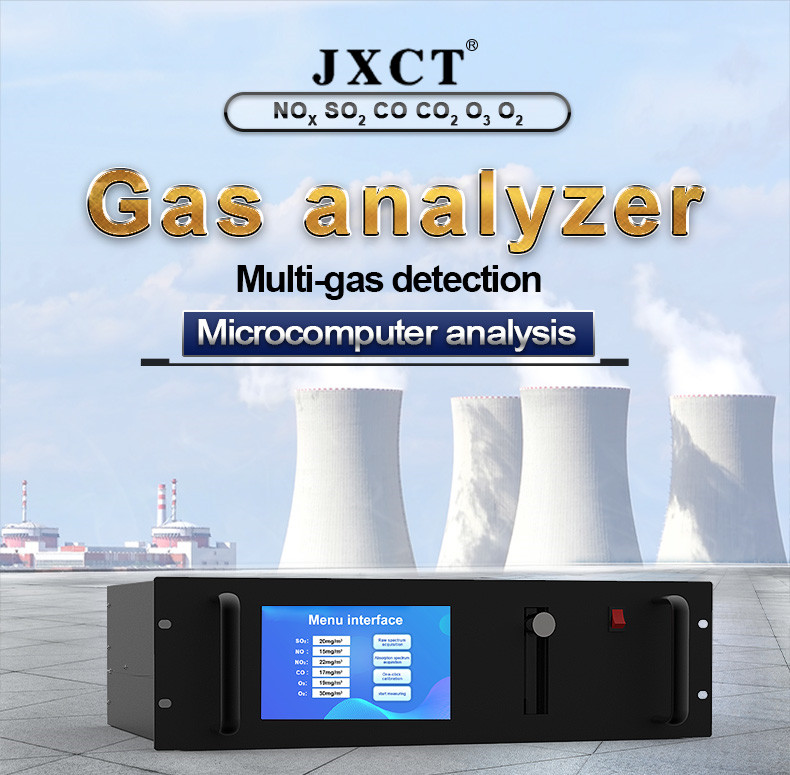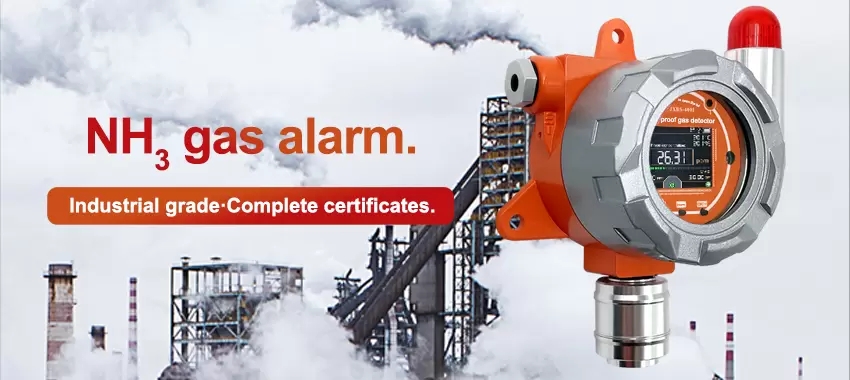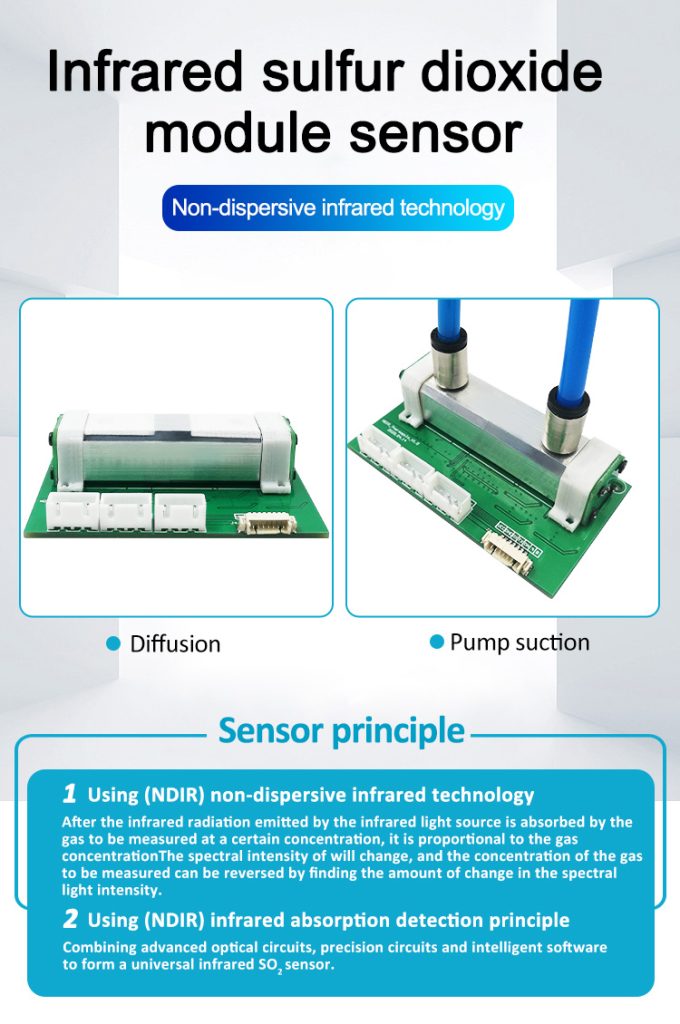Background:
With the advancement of technology, everyone is quite familiar with electricity. Electricity plays an important role in our lives. Beacon in the dark, neon in the hustle and bustle. It’s all about the wonderful experience that electricity brings to us. However, in the process of power generation, a lot of waste gas will inevitably be generated. It also adversely affects our environment and physical health. We can use toxic gas sensors for online monitoring. Protect the health of personnel.
Power Plant Hazard Sources:
There are many types of common power plants. Such as thermal power plants, hydroelectric power plants, atomic power plants, geothermal power plants, wind power plants, tidal power plants and solar power plants. Since these power plants use different power sources, the amount of exhaust gas and pollutants in the exhaust gas are also different. Among them, hydro, atomic, geothermal, wind, tidal and solar power plants use relatively clean energy. Therefore, their impact on the atmospheric environment is relatively small. However, coal-fired boilers are often used in thermal power stations, so the amount of exhaust gas discharged is large, and the composition of flue gas is complex. The air pollution is serious. The flue gas of coal-fired boilers in thermal power plants is the most important source of pollution in the power industry.
What are the dangerous gases produced by electricity:
A variety of hazardous gases are produced during the production of electricity. These gases are very dangerous. It can cause poisoning in mild cases, and explosion in severe cases. Serious damage to the country and people’s lives. In order to avoid and reduce losses, it is necessary to monitor the flammable and toxic gases generated in the power system. So what gases need to be monitored in a power plant? In the power system, the common gases that need to be monitored are: oxygen, carbon monoxide, hydrogen sulfide, sulfur dioxide, combustible gas, ammonia, sulfur hexafluoride, hydrogen, nitrogen oxides, etc.
Toxic and harmful gases (such as carbon monoxide, hydrogen sulfide, etc.) and oxygen:
In the process of power production, there are many places with limited space. For example: cable tunnels, communication cable wells, sewage treatment wells, heating channels, etc. These spaces are prone to produce toxic and harmful gases due to their relatively airtightness, and are also places where workers often enter. Toxic and harmful gases must be tested before people enter to prevent poisoning. Moreover, due to the lack of air circulation in these places, it is easy to cause hypoxia. Oxygen must also be tested.
There are two main reasons for the lack of oxygen in limited space: one is the oxygen consumption caused by biological respiration or material oxidation. The second is that simple asphyxiating gases such as carbon dioxide, nitrogen, and methane occupy oxygen in a limited space. The safe oxygen concentration for personnel is between 19.5% vol and 23.5% vol. Any lower than 19.5% vol or higher than 23.5% may cause harm to the human body.
Sensors for detecting carbon monoxide, hydrogen sulfide, and oxygen content, recommended carbon monoxide sensors (CO sensors), electrochemical hydrogen sulfide gas sensors and oxygen sensors.

CO sensor\H2S sensor\O2 sensor:
Jingxun has a complete range of wall-mounted carbon monoxide gas detectors. It can be matched with a variety of display instruments, and the data display is intuitive. The sensor uses electrochemical probes, which have higher precision and stability than traditional semiconductor probes.The analog/TTL type hydrogen sulfide electrochemical gas sensor module is an intelligent gas detection module independently developed by Jingxun. It has the characteristics of small size, easy to carry, high precision and low loss. Factory calibrated and ready to use.The explosion-proof oxygen alarm adopts high-grade LCD color screen display. Industrial-grade high-definition interface, a variety of options. To meet different needs, the alarm controller has multi-level options. It has the characteristics of waterproof, dustproof, explosion-proof and anti-condensation. Quick response, 15 seconds quick response. Gas monitoring can be performed effectively.

SO2, NOx gas monitoring equipment:
There are a lot of untreated sulfur dioxide and nitrogen oxides in the products of desulfurization and denitrification projects of coal-fired units in the power industry. In order to prevent air pollution, its content needs to be tested. When exceeding the standard, adjust the process and ingredients to reduce the production of sulfur dioxide and nitrogen oxides.
The portable sulfur dioxide gas sensor is a portable detection and alarm device that focuses on detecting the concentration of SO2 in the air. The SO2 gas leak detector has a high-definition liquid crystal display and functions such as sound, light, and vibration alarm prompts, which can ensure that the gas content can be detected in harsh working environments, and timely alarm, prompting operators to take precautions.Gas analyzer is a gas sensor independently developed by Jingxun Unimpeded using different detection principles for multi-gas detection. The gas detector adopts microcomputer analysis, which can detect the concentration of NOx, SO2, CO2, CO, O3 and O2. Gas analyzer is suitable for gas detection in thermal power plant, steel plant, non-ferrous metal smelter, aluminum smelter, cement plant, phosphate fertilizer plant, nitric acid plant, sulfuric acid plant, petrochemical, chemical fiber, industrial furnace, boiler, civil heating boiler and other occasions.

Ammonia sensor:
Fixed gas detector with stable performance, sensitive and reliable. With high-precision liquid crystal display, explosion-proof housing, diffusion or pump suction. The NH3 detector has the characteristics of flexible use and simple operation. NH3 sensors are used in various gas leakage places, such as: city gas, petroleum, chemical, pharmaceutical, steel, special industrial plants and other fields. The explosion-proof grade of the NH3 sensor is CT6.

Sulfur Hexafluoride Sensor:
The SF6 gas sensor module adopts non-dispersive infrared technology. It has the characteristics of high sensitivity, high resolution, anaerobic dependence, and stable signal. Accurate measurement, low power consumption and long service life. The good selectivity of the SF6 gas sensor module makes up for the shortage of traditional electrochemical sensors in selecting a high-range test range. It adopts imported infrared light source and dual-channel pyroelectric measurement, and has automatic temperature compensation function to obtain stable and reliable measurement results even under harsh temperature and environmental conditions.
The combustible and toxic gas sensors that need to be monitored in power plants are introduced here. If you have any other questions, please feel free to consult JXCT (JXCT)